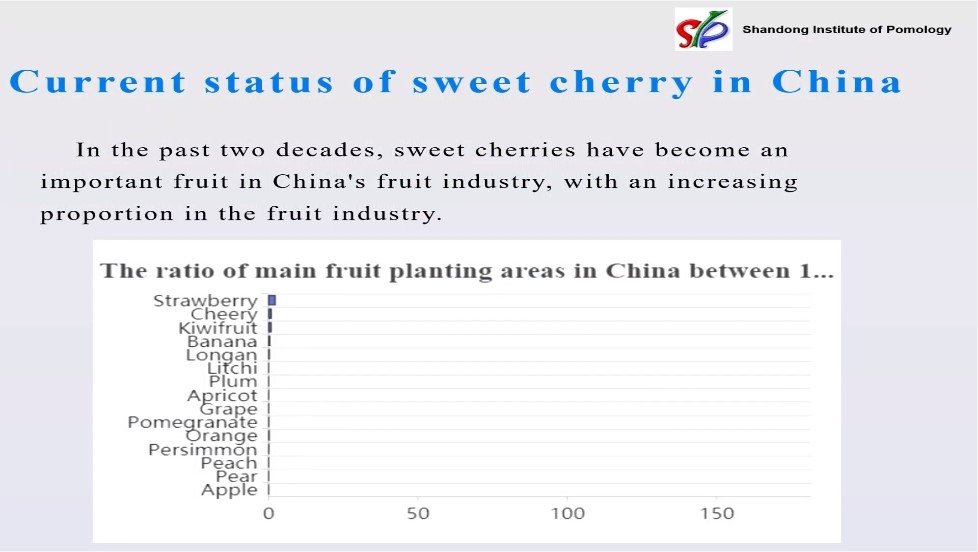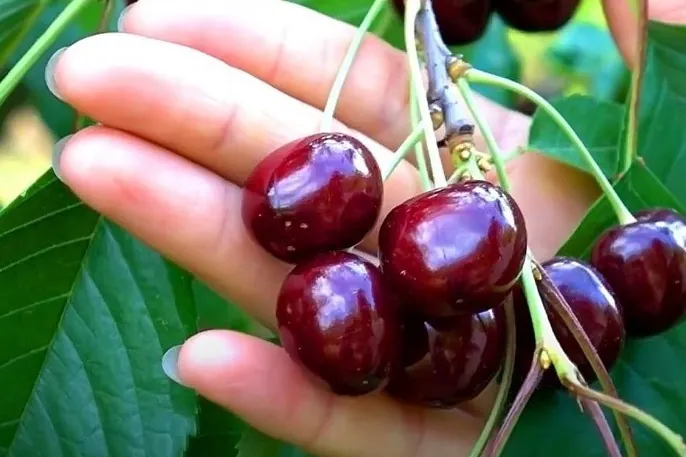Currently, in China, the predominant rootstocks utilised for cultivation are mainly characterised by their strong growth, namely Colt, Mahaleb, Daqingye, and ZY-1. However, during the past twenty years, there has been a notable increase of approximately 30% in the utilisation of dwarfing rootstocks and, consequently, the demand for additional dwarfing rootstocks is increasing.
It is important to acknowledge that the cultivation of sweet cherries in China predominantly occurs in regions characterised by mountainous topography and susceptible to drought conditions.
Within this context, the requirements for novel rootstocks are:
- a high level of compatibility with grafting techniques
- the ability to induce dwarfism in the plant
- adaptability to the climatic conditions prevalent in China
- the capacity to induce fruit production at an early stage
A new rootstock has been selected by the researchers affiliated to the Shandong Institute of Pomology. This rootstock was created from a hexaploid rootstock, originating from a Gisela 6 rootstock after treatment with colchicine.
 Dongzi Zhu.
Dongzi Zhu.
The tetraploid plant known as "Aijie" exhibits a phenological pattern characterised by its breakage in mid-March, blossoming in early April, and leaf shedding in early November. The results of the graft compatibility test indicated that “Aijie” induced higher growth rates compared to Gisela 6, three years post-planting.
In summary, the “Aijie” rootstock has robust vitality and demonstrates a broad range of adaptation to various soil conditions. Additionally, it displays favourable compatibility with grafting techniques and it bestows the ability to yield fruit at an early stage after planting.

Source: Dongzi Zhu, A new sweet cherry dwarf rootstock variety - 'Aijie' , http://2021.cherries.org.cn/replayEn.html
Melissa Venturi
University of Bologna (IT)
Cherry Times - All rights reserved














